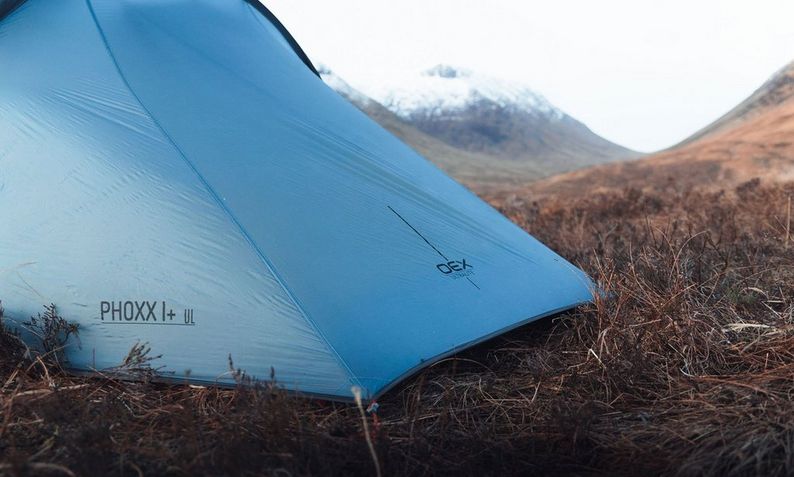Wetsuits are a common sight on the coasts and lakes of the UK. They’re popular with wild swimmers, surfers and paddleboarders looking to soak up adventure in our beautiful (albeit very chilly) waters. They perform the important job of keeping you warm and safe in the water, so it’s important to make sure you make a considered purchase. But with a variety of styles, thicknesses and sizes to choose from, it can be difficult to work out which wetsuit you should buy. This quick guide will run you through the basics and leave you confident in your choice.
Whether you’re a seasoned surfer or trying out wild swimming for the first time, we’ve got you covered.

How do wetsuits work?
Most people have seen a wetsuit, even if they’ve never tried one for themselves, but very few are familiar with the science behind them. Most wetsuits are made from a material called neoprene, a synthetic rubber that’s resistant to the low temperatures you might encounter when having an out-of-season surf or swim in the United Kingdom. Combine this with a small amount of nylon and you have a flexible and stretchy material that possesses superb insulating properties.
Another aspect of what makes a wetsuit so effective at insulating is its permeability. While you’d be forgiven for thinking a wetsuit is waterproof, it’s in fact slightly permeable meaning it allows a small amount of water to achieve contact with your skin. From this, much like in the way that down jackets trap air to be warmed by body heat, a wet suit traps water next to the skin to be heated by warmth from your body. Hence the name wetsuit! With this method of insulation, wetsuits can be engineered to suit different temperatures of cold water by simply increasing or decreasing the thickness of the neoprene-nylon blend.

What thickness of wetsuit do I need?
Most wetsuits fall within a 2mm to 6mm bracket, with 2mm being the least insulating and 6mm being the most. So, if you’re river swimming in Autumn you may want to opt for the thickest, while those who enjoy paddle boarding in Summer might only need a less insulated 2mm suit to take the edge off.
Do you wear anything under a wetsuit?
Some seasoned wetsuit wearers would advise that you wear nothing under a wetsuit for it to perform to the greatest effect. Wetsuits are designed to feel comfortable even when you are not wearing anything but will still feel comfortable if you choose to wear a swimming costume underneath. Just remember that they’re not fully waterproof, so anything you do wear underneath will get wet.

What are the different types of wetsuits?
Whatever water sport you’re using your wetsuit for, you’ll find that some cuts or styles may work better. For example, surf suits tend to have shorter leg coverage that stops above the knee for better freedom of movement to help you catch a wave. Some wetsuits have arms that are sleeveless to help with paddling and rowing, and others are sometimes just made to cover the torso or legs. Some come complete with a hood for extremely cold water. And for when you need to pick and choose, many good wetsuit brands offer accessories such as wet shoes, wet boots and wet gloves.
So, if it’s for summer swimming, surfing, kayaking, or cold-water dips, you’ll find a wetsuit that’s right for you. Here at Blacks, we have an ever-growing range of quality neoprene wetsuits for men, women and kids wetsuits from popular watersports brands like Freespirit.


